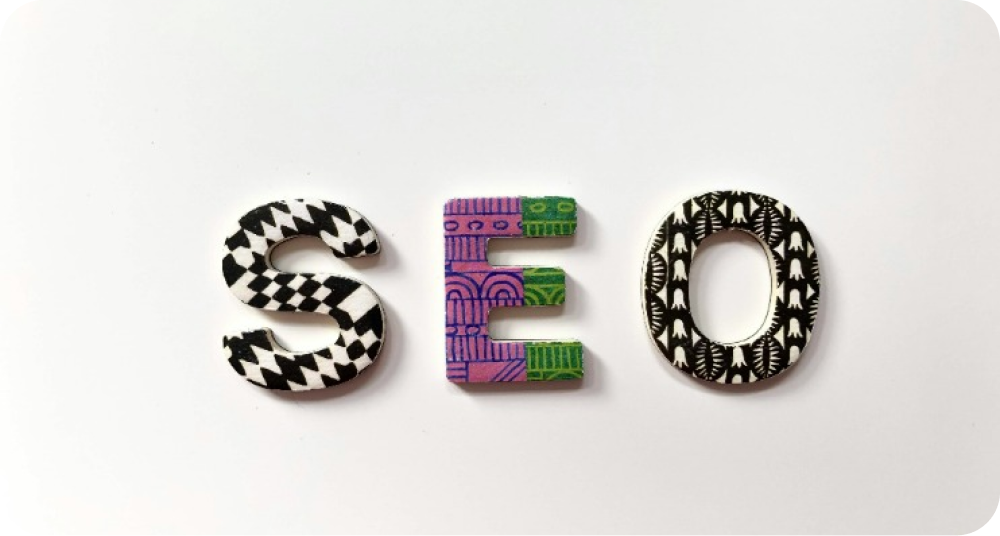Your business’s marketing website plays a crucial role in its online presence and can greatly influence its success. Serving as the digital face of your business, it has the potential to generate leads, drive sales, and enhance customer satisfaction. Moreover, it contributes to building brand awareness, fostering customer loyalty, and establishing trust.
Crafting a compelling marketing website may appear overwhelming, but it doesn’t have to be. With the application of straightforward tips, individuals with fundamental web design skills can develop a captivating and impactful website.
Make a Strong Initial Impact with Your Homepage

“To make a strong impact, your homepage should be creatively designed to captivate and retain visitors, ultimately converting them into customers. Employing the best web design practices is crucial in achieving this goal.”
- Consider the following tips for crafting a compelling first impression:
- Emphasize good design. Your website should exude professionalism, cleanliness, and organization.
- Craft captivating headlines. Short yet catchy headlines entice visitors to explore further.
- Incorporate compelling images. Engaging visuals are essential for capturing attention and maintaining reader interest.
- Utilize heuristic evaluation as a cost-effective and user-friendly method for assessing your website’s usability. This approach can be executed by a team of design experts efficiently and without requiring specialized equipment, even using paper interfaces or screenshots.
- Delve into our tutorial on Jacob Nielsen’s 10 Usability Heuristics to delve deeper into this subject and commence your initial evaluation.
Enhance Your Landing Page for Better Conversions
Understanding the disparity between a landing page and the remainder of your website is critical in web design. A landing page should be tailored for conversion, focusing on lead generation or sales optimization.
The objective of your marketing website extends beyond attracting visitors; it aims to swiftly convert them into leads or customers. Engaging a creative services team can be advantageous in creating bespoke graphics and content for an effective landing page. With the right team, you can craft an appealing and influential landing page to drive increased conversions from your website.
Developing a high-converting landing page relies on adhering to specific design principles rather than relying on magic or innate talent. Initiate your journey with our “Landing Pages: Basics and Best Practices” module and explore additional design principles to streamline your work as a designer.

Create the Website with a Focus on Customer Experience

“When creating your website, it’s vital to prioritize the user experience.”
Here are some methods to achieve this:
- Implement a customer experience design approach to develop an impactful marketing website. This involves delving into the requirements and preferences of your target audience. By comprehending your customers, you can steer the planning and development phases of your website from inception to deployment.
- Leverage customer experience design tools such as HotJar Heatmap or Smartlook to analyze user interaction with web pages. This insight allows you to concentrate on these aspects during the design of your websites or apps.
- User research is fundamental for user-centric design. Grasping the needs of your users and customers can prevent your team from attempting to appease everyone, focusing instead on creating a product that fulfills specific needs. Our extensive User Research course can aid you in integrating research into your design process, facilitating the development of intuitive and beneficial products.
Establish Trust in Your Brand
When it comes to web design, it’s not only about the visual appeal but also the user experience. If a visitor arrives at an unfamiliar page and struggles to understand its purpose or what to do next, they are likely to leave and not return.
To prevent this scenario, maintain a consistent look and feel across all marketing materials, encompassing websites, social media profiles, email newsletters, and advertisements on other websites. This entails:
- A distinctive logo design
- A cohesive color palette across these platforms
- A consistent tone of voice for customer communication through written content on each page and voice-over narration during site navigation.
Delve into the traditional symbolism of colors and their impact on our emotions. Discover how designers can leverage this knowledge to craft inclusive and harmonious color palettes in our Color Psychology course.
Develop an Easy-to-Use Navigation Bar
“The navigation bars on your website play a critical role in assisting customers in finding their way and moving between pages.”

A well-designed navigation bar will feature clear labels and be user-friendly. Conversely, the absence of a navigation bar could lead to confusion or frustration for some visitors.
Ensure that the design and layout of your navigation bar align with other parts of the site to maintain visual and functional consistency. This fosters a cohesive user experience throughout the website, enhancing user comfort and usability.
Maximize the Benefits of Content Management Systems (CMS)

“A content management system (CMS) is a software that enables you to modify and add new content to your website. It operates similarly to using Microsoft Word or Google Docs, but with a specific focus on creating and maintaining websites.”
For web designers, utilizing a CMS can streamline the process of creating and managing clients’ websites. Instead of manually coding each page and content update, a CMS enables quick and easy changes. Through a CMS, you can oversee your website’s content, including text, images, videos, as well as its layout and design.
Here are a few examples of CMS:
- WordPress:
This widely used CMS powers over 80 million active websites, offering a vast array of plugins and themes for site customization. - Drupal:
An influential open-source system empowering developers with greater control over website performance, content management, and security. - Joomla:
A free, open-source CMS providing considerable flexibility in website construction, ideal for small businesses embarking on their first website.
In essence, leveraging a CMS can enhance efficiency for web designers, allowing them to concentrate on delivering exceptional designs and user experiences for their clients.
Craft Compelling Calls To Action Throughout Every Page or Section
A call to action (CTA) serves as a means to capture visitors’ interest in the offerings of a website and motivate them to make a purchase. Designers utilize CTAs to prompt visitors to take precise actions on the website, such as subscribing to a newsletter, acquiring an e-book, or making a purchase. Effective CTAs are clear, succinct, relevant to the displayed content, and have a specific objective. By incorporating CTAs, designers can contribute to increasing conversions and sales on their website.

Key attributes of the best calls-to-action include:
Clear and succinct:
These CTAs should be explicit and brief to ensure that users can comprehend them easily and without confusion, regardless of their proficiency in English.
Relevant:
It is essential to ensure that each CTA on every page or section of the website directly relates to the preceding content.
Specific:
This entails establishing a clear objective when creating these types of CTAs, whether it involves encouraging people to sign up for trial accounts or facilitating direct purchases through the PayPal payments system. Avoid deploying generic CTAs, as they are less likely to convert clicks into sales.
Final thoughts
In the quest for communication, humanity has always sought new means of connection. Today, we are presented with an unprecedented array of options. A well-crafted website is pivotal in optimizing your online marketing endeavors. By implementing sound web design principles, you can develop a website that is visually appealing, educational, and user-centric.
To accomplish this, maintaining organization and prioritizing user experience are crucial. This approach enables the creation of an impactful website that elevates your online presence and fosters recurring visits. Moreover, staying abreast of the latest technology and tools is essential for staying competitive. With dedication, you can cultivate a website that propels your business towards success.

















